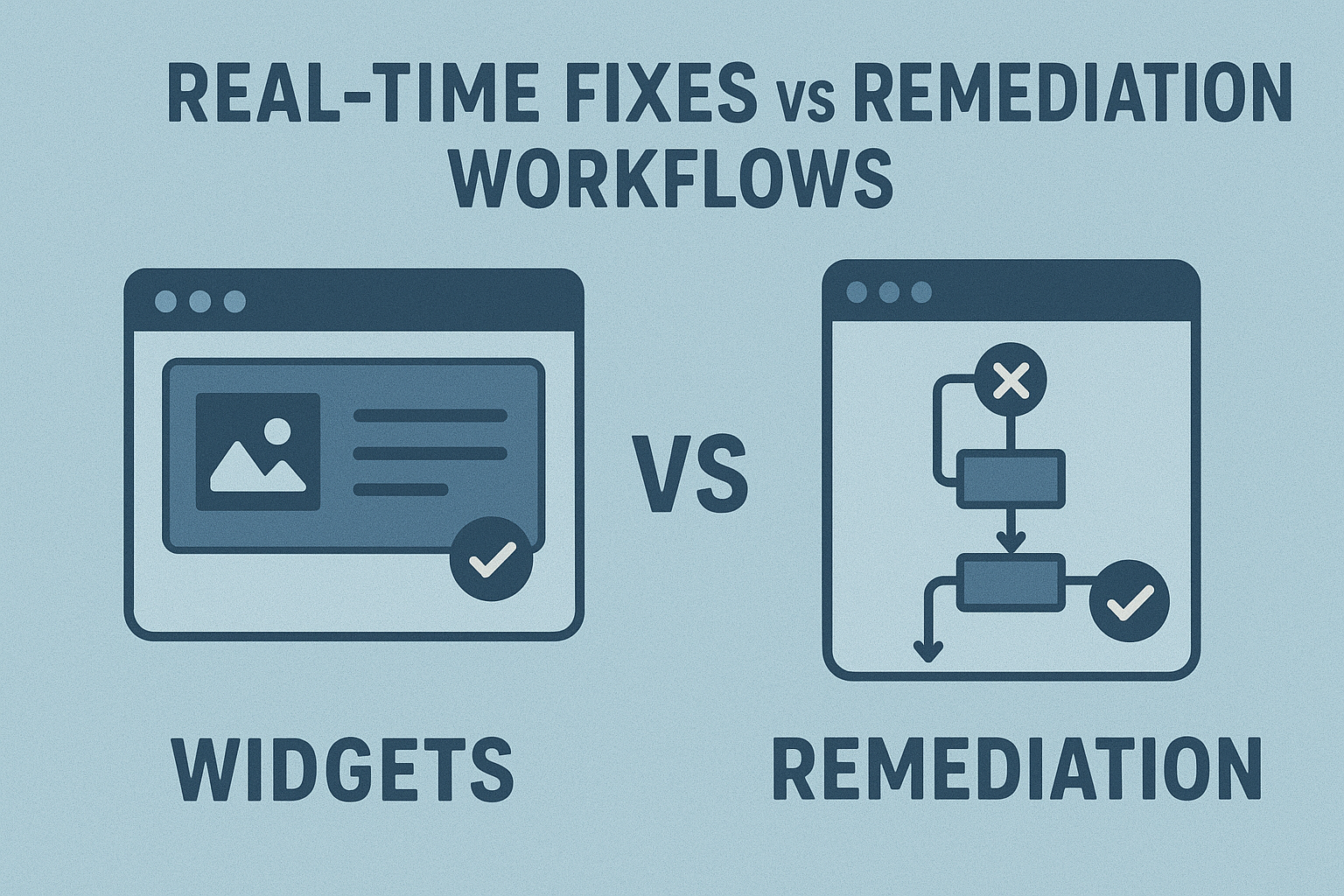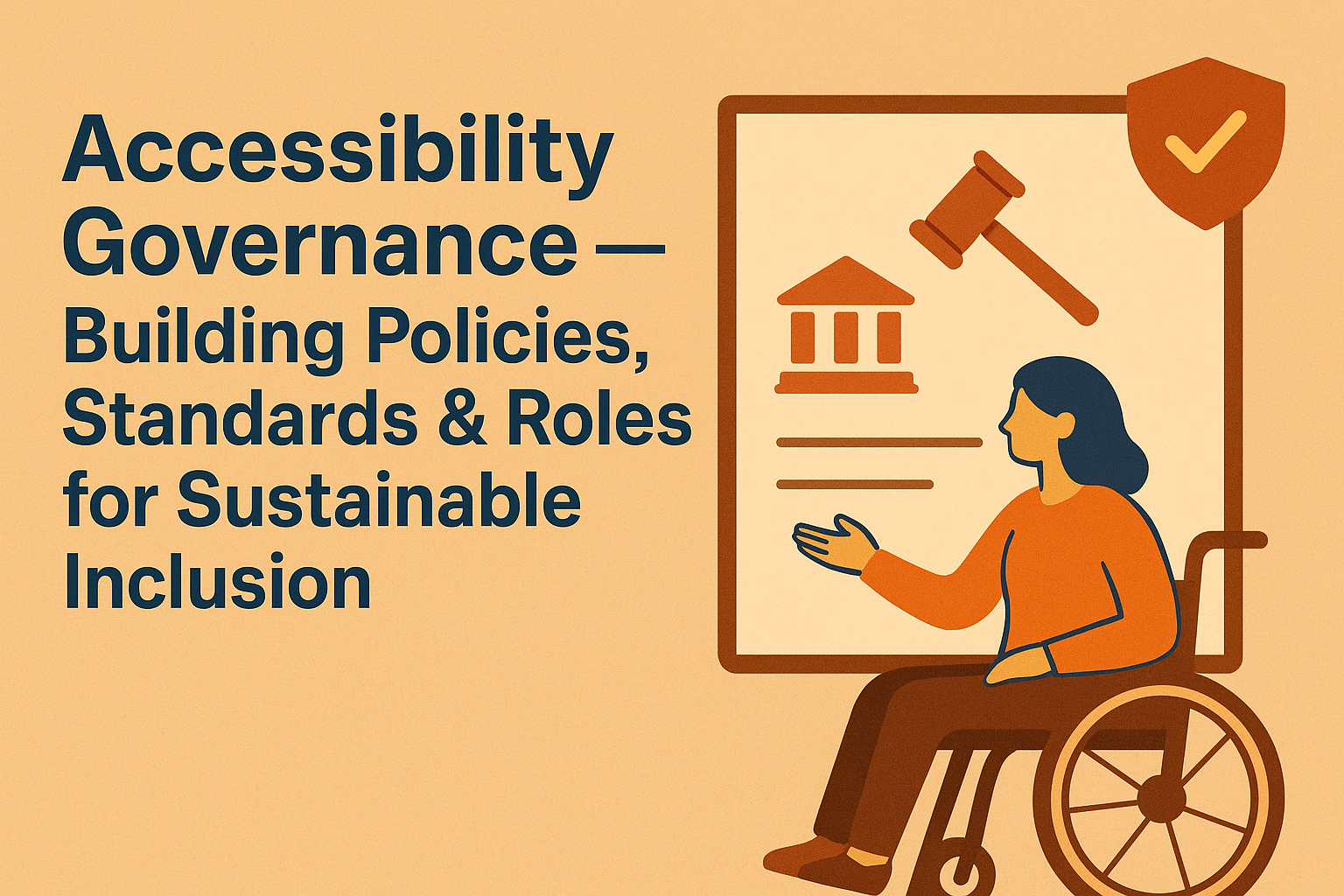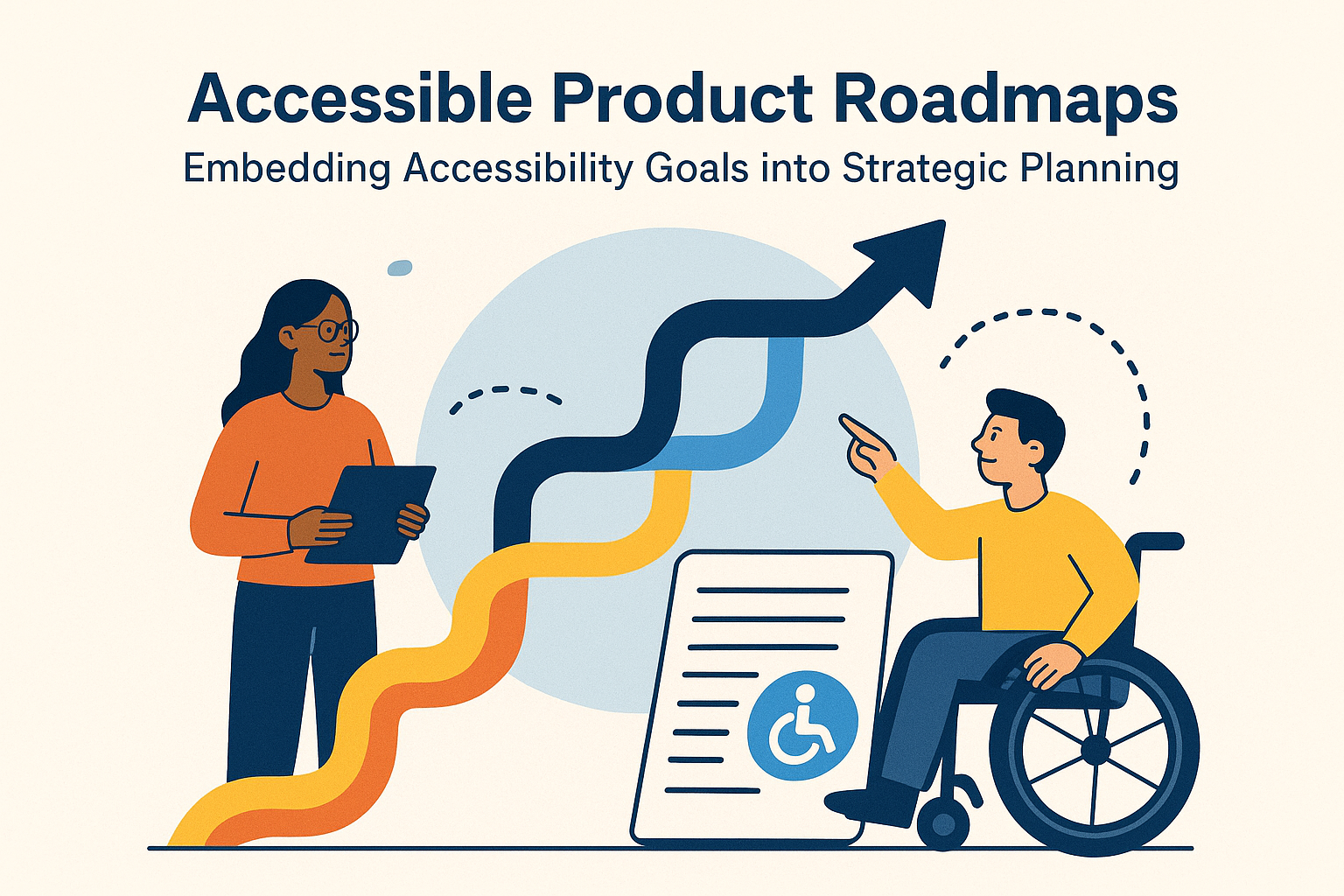Real‑time Fixes vs Remediation Workflows — Widgets vs Remediation
Real‑Time Fixes vs Remediation Workflows
Introduction
As accessibility awareness grows, many organizations look for ways to improve inclusivity quickly. Two common approaches are real‑time accessibility fixes—such as overlays or widgets—and remediation workflows, which focus on addressing accessibility issues at the source. Understanding the difference between these models helps teams choose a sustainable strategy that balances speed, legal risk, and quality.
While widgets claim to “instantly” solve accessibility problems by adding a script or plugin, full remediation addresses the root cause—improving code, design structures, and workflows permanently. Each has advantages and limitations, depending on business goals.
What Are Real‑Time Accessibility Fixes?
Real‑time fixes, often delivered through browser scripts or overlays, adjust how content is presented without modifying the underlying code. They may include features such as:
- Dynamic contrast or font resizing options.
- Keyboard navigation toggles and focus highlights.
- AI‑generated alt text or language adjustments.
- Screen reader compatibility patches applied at runtime.
Vendors market these as quick solutions to achieve compliance, but they only mask issues temporarily and can introduce new barriers if not properly configured.
Benefits of Real‑Time Fixes
- Speed of Implementation: Can be deployed in days or hours by embedding a script.
- Short‑Term Compliance Improvement: Corrects a limited set of surface‑level issues quickly.
- Helpful for Legacy Systems: Offers partial accessibility enhancements where immediate code editing is not possible.
Real‑time fixes can be useful stopgap measures when paired with long‑term remediation plans, not as a substitute.
Limitations & Risks of Overlay Solutions
- They rely on JavaScript injection, which can conflict with assistive technologies like screen readers or browser extensions.
- Overlays usually fail on dynamic or complex web applications where DOM changes outpace script modifications.
- Accessibility professionals and user groups often criticize overlays for providing a false sense of compliance.
- They may still leave organizations legally liable under laws such as the ADA or EAA since the underlying code remains inaccessible.
What Are Remediation Workflows?
Remediation workflows focus on fixing accessibility at the source—reviewing designs, rewriting code, and realigning processes with WCAG 2.2 criteria. It’s a holistic, sustainable approach that addresses root causes instead of temporary symptoms.
Key Components of a Remediation Workflow
- Accessibility Audits: Identify violations in design, code, and content.
- Issue Prioritization: Classify issues by severity and WCAG level (A, AA, AAA).
- Developer Remediation: Update HTML, CSS, and JavaScript for proper semantics and focus handling.
- QA Testing: Manual and automated verification with screen readers and keyboard navigation.
- Regression Prevention: Add continuous testing to CI/CD pipelines to maintain compliance.
Benefits of Full Remediation
- Produces lasting accessibility improvements embedded into design systems and component libraries.
- Ensures legal compliance and reduces future litigation risk.
- Improves performance, structure, and SEO alongside accessibility.
- Provides real usability benefits for users of assistive technologies.
Unlike overlays, remediation workflows make the accessibility foundation stronger across current and future releases.
When to Use Each Approach
| Criteria | Real‑Time Fixes | Remediation Workflows |
|---|---|---|
| Speed | Instant or near‑instant | Requires planning and development cycles |
| Cost | Lower initial setup, ongoing subscription fees | Higher initial cost, long‑term savings |
| Effectiveness | Partial or superficial improvements | Comprehensive compliance and usability |
| Legal Protection | Limited | High (WCAG‑aligned fixes) |
| Maintainability | Dependent on vendor updates | Built into internal workflows |
Integrating Both Approaches Strategically
Some organizations combine overlays with remediation plans. In this hybrid model:
- Deploy widgets temporarily for minor accessibility enhancements while in active remediation phases.
- Use the data gathered from overlay analytics to identify high‑value improvement areas.
- Gradually phase out overlays after native fixes are implemented and validated.
The goal is to transition from temporary coverage to permanent accessibility maturity.
Common Pitfalls to Avoid
- Assuming overlays bring full ADA or WCAG compliance.
- Failing to test overlay functionality with assistive technologies.
- Neglecting internal code improvements while relying on third‑party scripts.
- Overlooking privacy and security concerns introduced by external widgets.
Best Practices for Sustainable Accessibility
- Invest in training developers, designers, and QA teams to identify and fix accessibility issues directly.
- Integrate accessibility checks into CI/CD pipelines for ongoing compliance.
- Use overlays only as transitional tools while planning structured remediation.
- Create internal scorecards to monitor improvement and phase‑out dependency on external scripts.
Conclusion
Real‑time accessibility fixes may offer quick wins, but they cannot replace robust, code‑level remediation. Sustainable accessibility means addressing the root cause of barriers and embedding accessible thinking throughout the software development lifecycle. Organizations that invest in remediation not only reduce legal risks but also deliver better overall user experiences.
Next steps: Audit your current accessibility challenges, identify where short‑term overlays can provide temporary relief, and begin developing a structured roadmap toward full remediation and continuous improvement.





